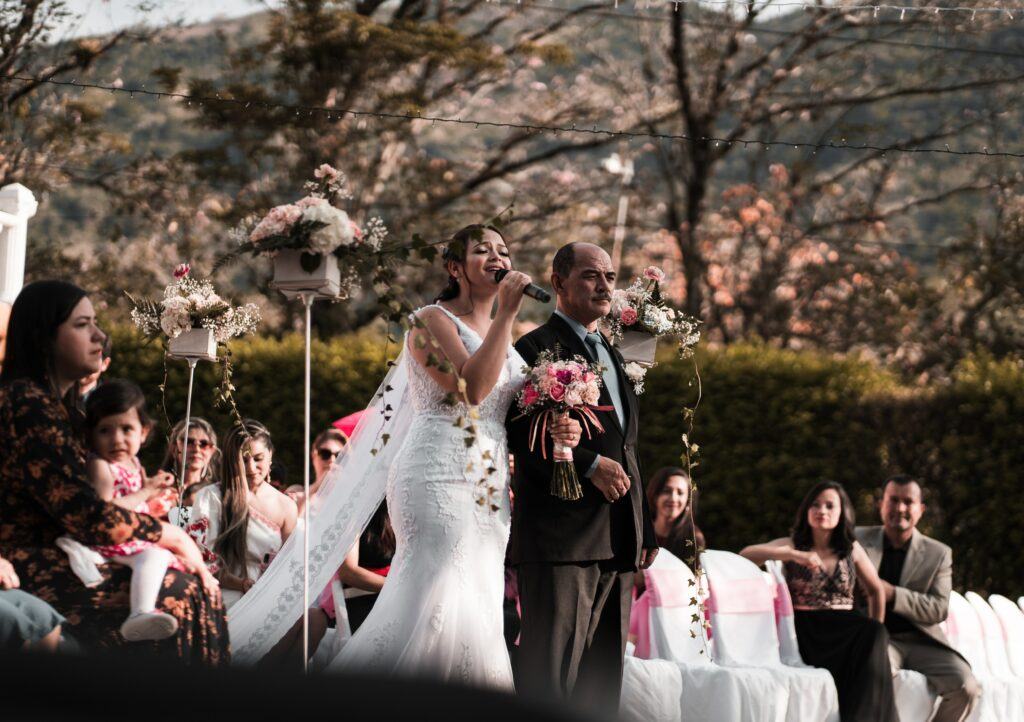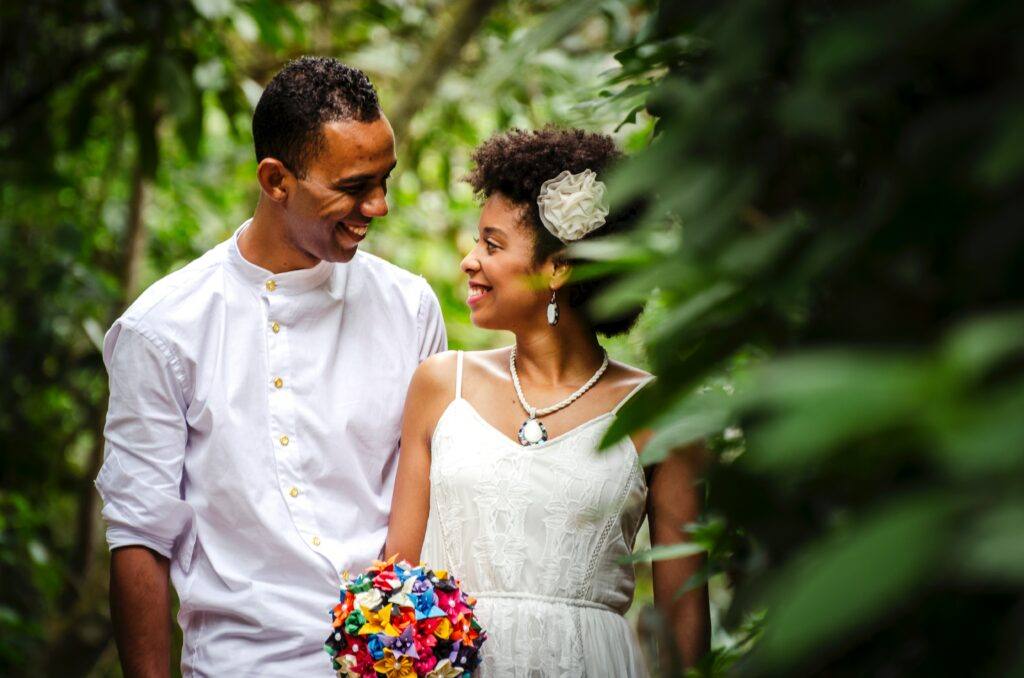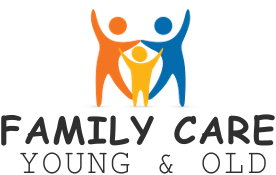In most countries, Happy Marriage and the family are central institutions. The relationship between the two institutions is growing more complicated, even though they have historically been linked. Sociologists are interested in the relationship between the family.
What is a family?
Some see the family as a structure, with each member playing a specific role. On the other hand, sociologists tend to define family in terms of its structure. In which members interact with each other rather than relying on a predetermined set of status positions.
There are many different forms of families. The person is born into is referred to as a family of orientation. A marriage-based family is referred to as a family of propagation. Lineage is a significant factor in the cultural importance of these disparities.

Marriage: What is it?
A variety of different persons have characterized it in a variety of ways. Social scientists cannot agree on a single meaning of the word. Our definition of Happy Marriage will be based on the fact that it is a legal contract between two people.
Relationships have traditionally been defined by their sexuality and permanence. We should also take into account the differences in cultural relativism. If a legal union is required, or if more than two people are allowed to be engaged. It can be defined in various ways, including whether or not the spouses are of the opposite sex.
The modern interpretation of a long-standing Happy Marriage expectation. The institution is of interest to sociologists. In addition, because they have historically been the primary means of establishing a family. The foundation of society is constructed on the families. Socially sanctioned status roles are created by a family.
Patterns of Matrimony:
In recent years, single parenthood and cohabitation have become more accepted. People may be less eager to tie the knot. According to a recent poll, 39 percent of people said that is becoming obsolete. The institution is likely to remain, but some of the old patterns will be out-of-date as new ones come into use.
People who live together contribute to the trend of getting married. Later in life than was customary in previous generations. More people are putting their education and careers ahead of “settling down,” which means that they will continue to be delayed.

A Look at the Challenges Families Face:
As a whole, the American people are divided. A family is defined as a group of people who live together as a unit. People in the United States are also debating what constitutes are in the context of the family.
According to theological and societal dogma, there can only be one type of wedding: man and wife (or husband and wife). We are using religious texts and the fundamentals of human reproduction as evidence.
On the other hand, social libertarians and progressives feel that they can occur between two consenting adult individuals. As long as they’re male or female, it’s discriminatory to treat them differently. To deny such a couple the benefits of marriage in civil, social, and economic aspects.
Lines of Descendance: Residency
For most people in the United States, determining their ancestry involves looking at their father’s and mother’s sides of the family. The members include both maternal and paternal relatives. Dual descent is the name given to this type of kinship tracking.
As a reminder, kinship can be established via blood, marriage, or adoption. Bilateral ancestry is found in 60 percent of societies, mainly in modernized countries. Forty percent of the world’s societies practice unilateral descent, with the greatest concentration among pastoral communities. In matrilineal women are the primary source of inheritance and familial bonds.
Among Native American tribes, such as the Crow and Cherokee, the practice of matrilineal descent is commonplace. Identifying your ancestors and tracing their history back to their mothers or fathers may give you a better chance of remembering where you should dwell. In many cultures, newlyweds move in with or close to their families after they get married.

Women in patrilocal families are expected to live with their husband’s family members. It is possible to trace the origins of patrilocal systems back to the dawn of civilization.
One or Several?
Happy Marriage is commonly seen as synonymous with monogamy in the United States. To be married to one person at a time is called monogamy. Having one spouse is not the only form of wedding in many countries and cultures around the world. Polygyny is by far the most common kind of polygamy.
To be married to multiple women at the same time is called polygyny. It is the practice of a woman being married to a large number of men at the same time, which is prohibited in most nations. In only 1% of the world’s cultures, it is a common practice.
Polygamous communities are prevalent for a variety of reasons. However, they are also concerned with population growth, religious beliefs, and social position. Having a family goes through several stages. As we’ve seen, the definition of family has evolved significantly over the past few decades.
It was once considered that many families went through a set of predictable stages. However, the linearity of these models has come under scrutiny recently. Conventional thinking and their inability to account for the wide range of family structures are to blame. Consider their benefits and faults while reviewing some of these once-popular ideas.

Families go through a life cycle, a series of events that may be predicted in advance. The family life cycle was used to explain the various processes in a family throughout its existence. We see each stage as a distinct entity with its own set of problems.
Progress is made by the family as it moves from one stage to another. These struggles and transitions serve as a gauge of a family’s overall success. The family life cycle is used by sociologists to investigate family dynamics over time. Researchers have turned to this method when it comes to determining what families need as they advance through each stage in Happy Marriage.
There are also additional changes in family life that are revealed by this study’s findings. Modern society rejects “stage” ideas and is more open to new, fluid family forms.

Leave a Reply